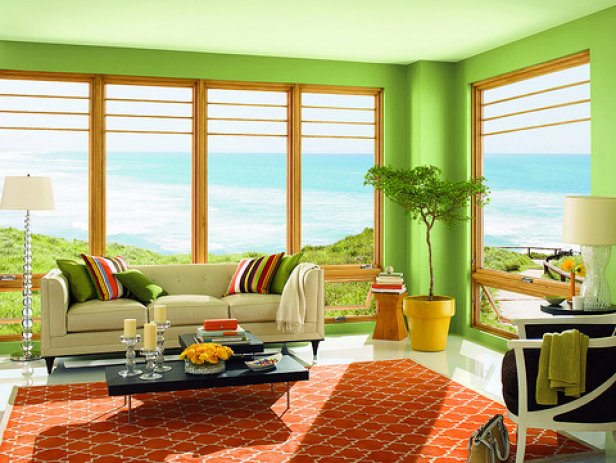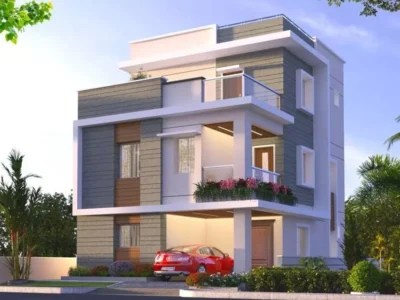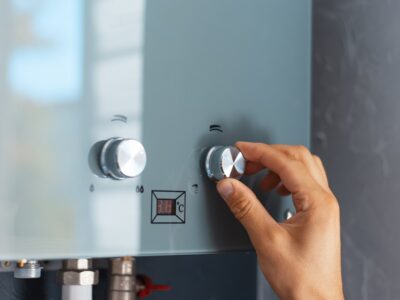Energy-efficient windows play a crucial role in enhancing the comfort of your home, reducing energy bills, and minimizing environmental impact. With various options available on the market, selecting the right energy-efficient windows can be overwhelming. This article provides ten essential tips to help you choose the best windows for your home, ensuring you make an informed and beneficial investment.
1. Understand Energy Ratings
Energy ratings are critical indicators of a window’s efficiency. Look for windows with an ENERGY STAR® label, which signifies that the product meets strict energy efficiency guidelines set by the U.S. Environmental Protection Agency. Additionally, familiarize yourself with key metrics like the U-Factor and Solar Heat Gain Coefficient (SHGC). The U-Factor measures the window’s insulation ability, with lower values indicating better insulation. The SHGC measures how much solar radiation the window allows in; lower values are preferable in hot climates to reduce cooling costs.
2. Consider the Climate
Your local climate significantly influences the type of energy-efficient windows you should choose. In colder regions, prioritize windows with a low U-Factor to minimize heat loss. In warmer climates, focus on windows with a low SHGC to reduce heat gain and cooling costs. Some windows are designed to balance both factors, making them suitable for mixed climates.
3. Choose the Right Frame Material
The frame material affects both the thermal performance and durability of the window. Common options include:
- Vinyl: Offers good insulation and is low maintenance.
- Wood: Provides excellent insulation but requires regular maintenance to prevent rot and decay.
- Fiberglass: Highly durable and provides good thermal performance.
- Aluminum: Strong but less energy-efficient due to high thermal conductivity.
Consider the pros and cons of each material in relation to your climate, aesthetic preferences, and maintenance capabilities.
4. Opt for Double or Triple Glazing
Double or triple-glazed windows have multiple panes of glass separated by air or inert gas (such as argon or krypton), which acts as an insulating barrier. These windows significantly reduce heat transfer, improve insulation, and enhance energy efficiency. Triple glazing provides even better insulation than double glazing, making it an excellent choice for extremely cold climates.
5. Look for Low-E Glass Coatings
Low-emissivity (Low-E) glass coatings help control heat transfer through windows. These coatings reflect infrared light, keeping heat inside during winter and outside during summer. Low-E coatings also block harmful UV rays, protecting your furniture and flooring from fading. Different types of Low-E coatings are available, so choose one that suits your climate and energy needs.
6. Pay Attention to Window Design and Operation
The design and operation of windows affect both energy efficiency and convenience. Casement windows, for example, seal tightly when closed, providing excellent insulation. Double-hung windows allow for easy cleaning and ventilation but may have higher air leakage rates. Consider the design’s impact on energy efficiency, ventilation, and ease of use.
7. Assess the Window’s Durability and Maintenance Needs
Energy-efficient windows are a long-term investment, so durability is crucial. Look for high-quality materials that can withstand your local climate conditions. Additionally, consider the maintenance requirements of the window frame and glass. For instance, wood frames require regular painting or staining, while vinyl and fiberglass frames are low maintenance.
8. Think About Soundproofing
Energy-efficient windows can also help reduce noise pollution. Double or triple glazing with thicker glass and a larger air gap can significantly reduce external noise, providing a quieter and more comfortable indoor environment. This feature is particularly valuable if you live in a noisy area or near a busy street.
9. Consider the Environmental Impact
Choosing energy-efficient windows not only benefits your home but also the environment. By reducing your energy consumption, you decrease your carbon footprint. Additionally, look for windows made from sustainable materials or those that are recyclable at the end of their lifespan. This consideration helps you make an eco-friendlier choice.
10. Consult with a Professional
Finally, consult with a professional window installer or energy efficiency expert. They can provide valuable insights into the best options for your specific needs, climate, and budget. Professional installation is also crucial for ensuring the windows perform as expected and that all energy-saving features are properly utilized.
Conclusion
Selecting the right energy-efficient windows for your home involves considering various factors, including energy ratings, climate, frame material, and glazing options. By following these ten tips, you can make an informed decision that enhances your home’s comfort, reduces energy costs, and contributes to a more sustainable environment. Investing in energy-efficient windows is a smart choice that pays off in both the short and long term.








Comments